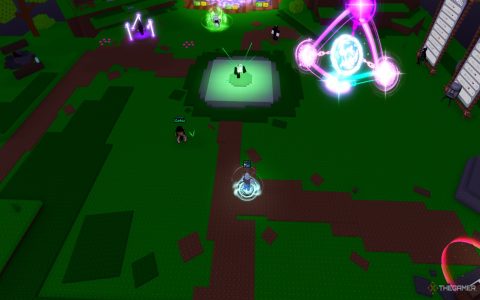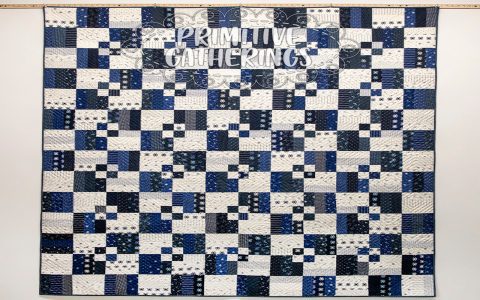The term "magic RNG codes" often refers to simple yet effective Pseudo-Random Number Generator (PRNG) algorithms. These deterministic routines generate sequences of numbers that emulate true randomness, driven by an initial value known as a seed. Their appeal lies in their computational efficiency and straightforward implementation, especially for applications not requiring cryptographic-level security.
Prominent "Magic" PRNG Algorithms
Certain PRNG algorithms are frequently cited due to their historical importance or the deceptive simplicity with which they produce seemingly random sequences:
- Linear Congruential Generators (LCGs)
LCGs are among the oldest and most widely known PRNGs. They operate based on a linear recurrence:
Xn+1 = (a Xn + c) mod m. Here,Xnis the current number,X0is the seed, anda(multiplier),c(increment), andm(modulus) are carefully chosen constants that dictate the generator's period length and statistical quality.
- Xorshift Generators
This family of algorithms creates sequences using bitwise XOR and bit shift operations on the current state. An example sequence of operations on a state variable
xmight be:x ^= (x <> B); x ^= (x << C);where A, B, C are specific shift amounts. Xorshift generators are valued for their high speed and generally good statistical properties for their complexity. - Middle-Square Method
Historically significant, this method was proposed by John von Neumann. It involves squaring the current number in the sequence and extracting the middle digits to form the next number. While conceptually simple, it often suffers from short cycles and a tendency to degenerate, making it unsuitable for most modern applications.
Operational Mechanics
These PRNGs, despite any perceived "magic," function on clear principles:
- Determinism: The entire sequence of numbers is pre-determined by the algorithm and the initial seed. Given the same seed, the same sequence will always be produced.
- State Dependence: Each new number is generated based on the previous number or internal state of the generator.
- Periodicity: As these algorithms operate on finite state spaces, the sequence of generated numbers will inevitably repeat. The length of this non-repeating sequence is termed the period. Longer periods are generally preferred.
Application and Critical Limitations
These types of PRNGs find utility in areas such as:
- Non-critical simulations and modeling.
- Procedural content generation in video games.
- General-purpose randomization where statistical perfection or unpredictability is not paramount.
Crucial Considerations:

- Not for Security: "Magic RNG codes" are fundamentally predictable. They must never be used for cryptographic purposes, such as generating encryption keys, security tokens, or in any financial or security-sensitive context. Cryptographically Secure PRNGs (CSPRNGs) are specifically designed for these tasks.
- Statistical Imperfections: Simpler or poorly configured PRNGs can exhibit significant statistical biases, non-uniform distributions, or correlations between successive values. Rigorous statistical testing is often necessary to validate their suitability for a given task.
- Parameter Sensitivity: The performance and quality of algorithms like LCGs are highly dependent on the chosen parameters (
a, c, m). Suboptimal choices can lead to very short periods or poor randomness characteristics.
Effectively utilizing these "magic" RNG codes means understanding their algorithmic nature, their strengths in simplicity and speed, and critically, their inherent limitations. They are tools, not sorcery, and their appropriate use is key.












